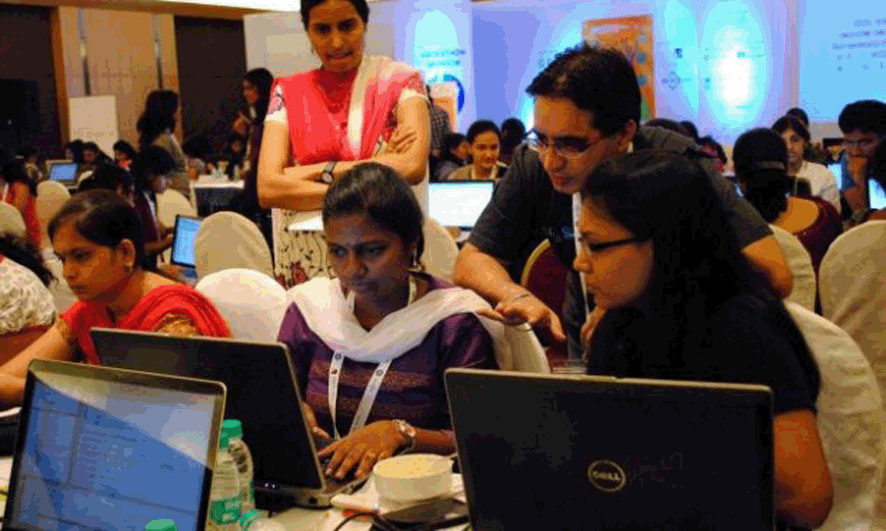Gender and Urban Issues in the context of Habitat III
DOI:
https://doi.org/10.6092/2281-4574/3975Keywords:
Gender, Women, Industry, Urban model, BangaloreAbstract
Doreen Massey suggests that the implication of geography is significant in the construction of gender. Following the functionalist values in planning, industry was segregated from the living environment to provide a healthy atmosphere for the urban inhabitants and achieve maximum industrial efficiency. Although this geographical separation has been economically viable for a long time, industry has changed and more importantly has had many repercussions when analyzed from a gender perspective. This paper challenges this spatial separation of industry from the urban life of the city in the current context, when the landscape of industries is changing from manufacturing to service.In the case of a relatively traditional society like India, on the one hand gender roles are strongly enforced, but on the other hand the continuous feminization of the workforce has been a result of the liberalization of global policies in the early 90’s. The still present binary definition of gender is confining men to the productive space and relegating women to the domestic sphere. The entrance of women in the labor force implies the entrance of women in the public urban space.
In this paper, this relationship between urban morphology of the industry and the gendering of paid work will be illustrated in the Indian context. With the help of a case study of two industries in Bangalore, the unique challenges of the two workingwomen in participating in the workforce will be highlighted. The paper explores if another urban model is possible, responding better to gender or women’s needs. The paper will explore spatial recommendations, developed in the European context and examine their applicability in the Bangalore context in making the shift in planning to facilitate the transition in the construct of gender.
Downloads
Download data is not yet available.

Downloads
Published
2016-10-10
Issue
Section
Articoli
License
Gli autori che pubblicano su questa rivista accettano le seguenti condizioni:- Gli autori mantengono i diritti sulla loro opera e cedono alla rivista il diritto di prima pubblicazione dell'opera, contemporaneamente licenziata sotto una Licenza Creative Commons - Attribuzione che permette ad altri di condividere l'opera indicando la paternità intellettuale e la prima pubblicazione su questa rivista.
- Gli autori possono aderire ad altri accordi di licenza non esclusiva per la distribuzione della versione dell'opera pubblicata (es. depositarla in un archivio istituzionale o pubblicarla in una monografia), a patto di indicare che la prima pubblicazione è avvenuta su questa rivista.
- Gli autori possono diffondere la loro opera online (es. in repository istituzionali o nel loro sito web) prima e durante il processo di submission, poiché può portare a scambi produttivi e aumentare le citazioni dell'opera pubblicata (Vedi The Effect of Open Access).

